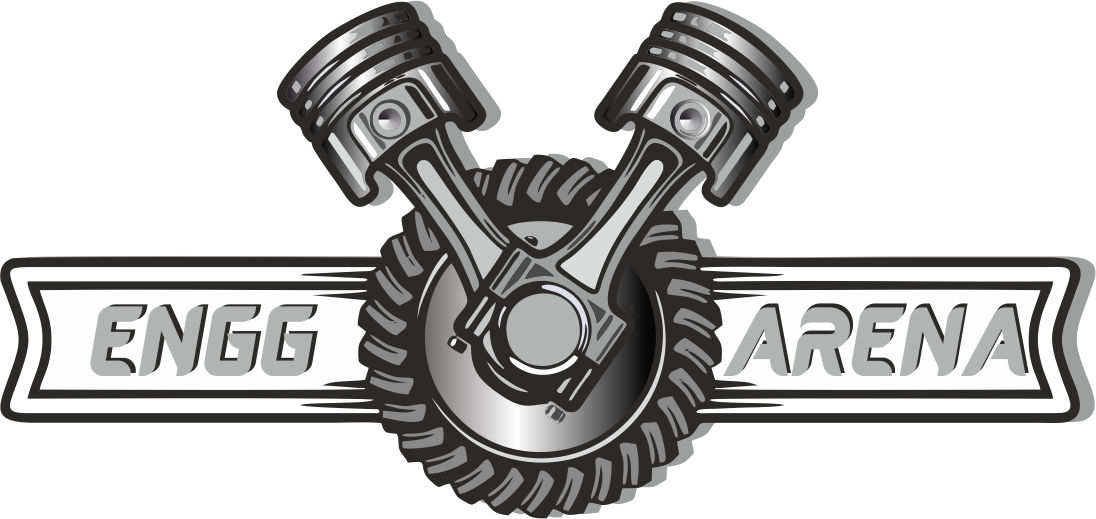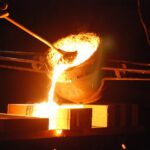Spur gears are the most common type of gear. They have straight teeth and are mounted on parallel shafts.
Many spur gears can be used in case if we want large gear reduction. Spur gears are used for reduction or increase, torque multiplication, resolution, and accuracy enhancement for the positioning system.
The teeth run parallel to the gear axis and can only transfer motion between parallel axis gear sets.
Also, see Different types of gears | Spur | Helical | Bevel | Worm gears.
Table of Contents
Spur Gear Material
Gear composition is determined by the application, including gear’s service, rotation speed, accuracy, and more.
- Cast iron provides durability and ease of manufacture.
- Alloy steel provides superior durability and composition resistance. Minerals may be added to the alloy to further harden the gear.
- Cast steel provides easier fabrication, strong working loads, and vibration resistance.
- Carbon steels are inexpensive and strong, but they are susceptible to corrosion.
- Aluminum is used when low gear inertia with some resiliency is required.
- Brass is inexpensive, easy to mold, and corrosion-resistant.
- Copper is easily shaped, conductive, and corrosion-resistant. The strength of the gears would increase if it is bronzed.
- Plastic is inexpensive, corrosion-resistant, quite operationally, and can overcome missing teeth and misalignment. Plastic is less robust than metal and is vulnerable to temperature changes and chemical corrosion.
Spur Gear Applications
- Metal cutting machines.
- Power plants.
- Mechanical clocks and watches.
- Fuel pumps.
- Washing machines.
- Gear motors and gear pumps.
- Material handling equipment.
- Automobile gearboxes.
- Steel mills.
- Rolling mills.
- Robotic arm.
The following application requirements should be taken into considerations with the workload and environment of gear set in mind.
- Power, torque and velocity consistency, and output peaks of the gear drive so the gear meets the mechanical requirements. Spur gear’s design constraints limit their ability to transfer energy at higher speeds and torques.
- The inertia of the gear through acceleration and deceleration. Heavier gears can be hardened to stop or reverse.
- Precision requirement of the gears, including gear pitch, shaft diameter, pressure angle, and tooth layout.
- Noise elimination.
- Mounting requirements.
- Corrosive environments.
- Temperature exposure.
- Vibration and shock-resistant.
Spur Gear Advantages and Disadvantages
The advantages and disadvantages are discussed below.
Advantages of Spur Gears
- Spur gears have high transmission capacity with high efficiency.
- They are easy to install.
- They are compact.
- They have a constant velocity ratio.
- They are highly reliable.
- They are used to transmit high power.
Disadvantages of Spur Gears
- Costly as compared to belt drives.
- Limited center distance.
- When operating at higher speeds they produce higher noise.
- A large amount of stress is experienced on gear teeth.
- They cannot be used for long-distance power transmission.






1 thought on “Spur Gear | Materials, Applications and Advantages”